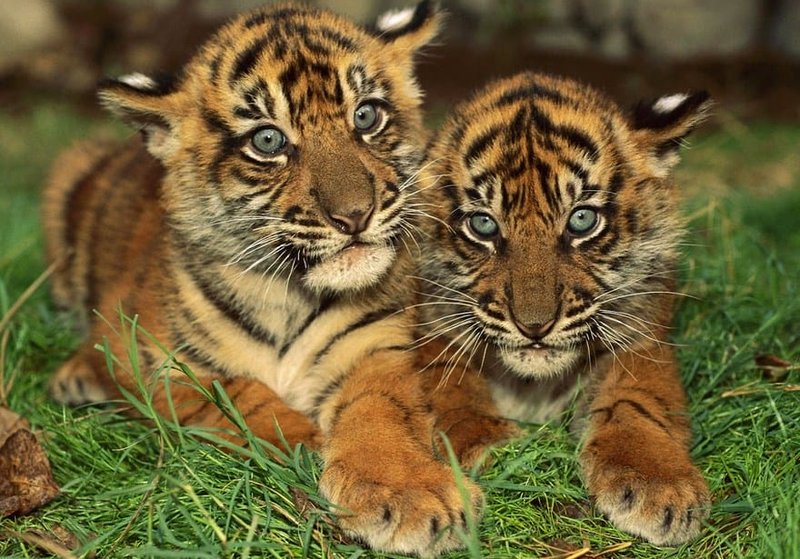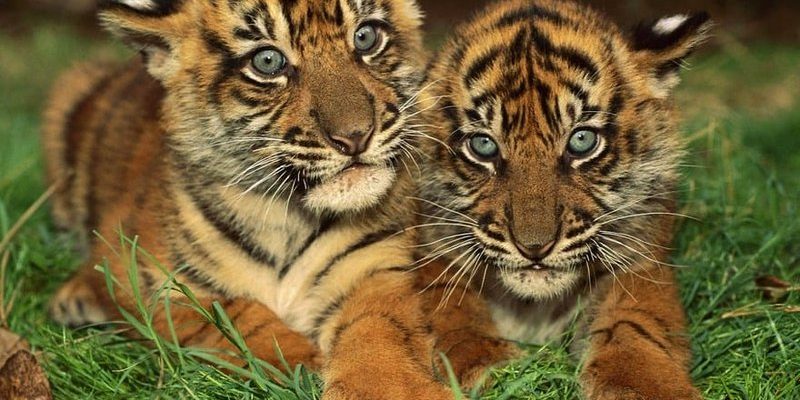
The South China tiger, often regarded as one of the most beautiful subspecies of tiger, isn’t just a pretty face. Its cognitive abilities and behaviors are vital for its survival in the wild. These creatures show a range of intelligence that helps them navigate the challenges of their habitat. Let’s dive deeper into what makes these tigers tick, exploring their cognitive skills and typical behaviors.
The Intelligence Spectrum: What Does It Mean for Tigers?
When we talk about the intelligence of animals, we often think about problem-solving, social interaction, and adaptability. For the South China tiger, this means they have to be crafty and resourceful. They live in a challenging environment where hunting and escaping danger are daily tasks.
You might be wondering: what does it take for a tiger to be considered “smart”? Well, it’s all about how they use their instincts. Tigers are solitary hunters, relying on their keen senses and learned experiences to track prey. Just like a chess player strategizing their next move, South China tigers plan their hunts based on what they know about their prey and their surroundings.
This intelligence isn’t just instinctual; it’s also learned. Tigers teach their cubs vital skills and tricks for surviving in the wild. For instance, young tigers watch their mothers and mimic her behavior. This kind of learning plays a significant role in shaping their intelligence.
Hunting Strategies: The Art of Stalking
One of the most impressive aspects of a South China tiger’s intelligence is its hunting strategy. These tigers are stealthy and patient, often stalking their prey for long distances. Imagine a game of hide and seek—only instead of hiding behind a tree, you’re lurking in the tall grass, waiting for the perfect moment to pounce.
Typically, a South China tiger will use the element of surprise. They might crouch low, inching closer to their target until they’re just a few feet away. This calculated approach showcases their impressive cognitive abilities. They know when to move and when to remain still, which is crucial for a successful hunt.
Additionally, these tigers often use their surroundings to their advantage. They’re aware of the terrain and can navigate it effectively. Whether it’s weaving through dense underbrush or climbing rocky outcrops, their spatial awareness is a strong indicator of their intelligence.
Social Behavior: Solitary Yet Social
While South China tigers are primarily solitary animals, they do exhibit social behaviors, especially when it comes to parenting. Mother tigers, for instance, play a vital role in shaping their cubs’ futures. This kind of nurturing behavior highlights another layer of their intelligence.
Cubs learn essential survival skills through play and observation. They’ll often engage in mock hunts with their siblings, which helps them develop their agility and hunting techniques. It’s almost like a fun training session in the wild!
You might also see tigers communicating with each other through vocalizations and scents. They can convey various messages, from marking territory to signaling availability for mating. These social cues are crucial for maintaining their space in the wild and ensuring they can thrive.
Environmental Awareness: Smarts in Adapting
Adaptability is a key sign of intelligence, and South China tigers showcase this in various ways. They’re not just reactive; they’re proactive. For example, if prey becomes scarce, tigers can adjust their hunting patterns or even shift their territory in search of better resources.
Let’s consider the impact of habitat destruction. As forest areas are reduced, these tigers must use their intelligence to navigate changing landscapes. They learn to avoid human-made obstacles and seek alternative food sources. This flexibility is essential for their survival, demonstrating cognitive skills that go beyond mere instinct.
Another factor to consider is their ability to remember locations of water sources or prey trails. Just like how you might remember where to find the best coffee in town, these tigers retain important information about their environment.
Emotional Intelligence: Bonding with Offspring
You may think that emotional intelligence is reserved for humans, but it’s present in the animal kingdom too. The bond between a mother South China tiger and her cubs is a prime example. Mothers display a range of emotions, from nurturing care to protective instincts.
Cubs rely on their mother for survival in their early months, learning vital skills and behaviors that they will carry into adulthood. This bond isn’t just about feeding; it’s about teaching and curious exploration. Much like your parents guiding you through your childhood, tiger mothers also impart essential life lessons.
Beyond just the mother-cub relationship, tigers’ interactions with their environment can also show emotional intelligence. For example, when faced with danger, they may exhibit stress or anxiety, adjusting their behavior accordingly. This ability to process emotions helps them navigate challenges successfully.
The Dangers of Endangerment: Impact on Intelligence
Sadly, South China tigers are one of the most endangered big cats in the world. Their dwindling population is a direct result of habitat loss, poaching, and human-wildlife conflict. The decline in their numbers raises serious concerns about their cognitive abilities and behaviors.
As these tigers face more pressures, they need the full range of their intelligence to adapt. However, with fewer individuals left, the potential for learning and passing down survival skills diminishes. The intricate tapestry of behaviors developed over generations is at risk.
Conservation efforts play a vital role in protecting these majestic creatures. Preserving their natural habitats and reducing human interactions can help ensure these tigers continue to thrive and utilize their intelligence effectively.
Understanding the intelligence of the South China tiger is more than just an academic exercise. It’s a window into their world—how they think, behave, and adapt to survive. These tigers are not just apex predators; they’re complex creatures that navigate their environments with a blend of instinct and learned behavior.
As we continue to learn about these amazing animals, we must remember the importance of conservation. Protecting the South China tiger means preserving not just a species but also the intricate behaviors and intelligence that define it. So, the next time you think of these tigers, remember: their survival story is intertwined with their incredible cognitive abilities, and each one plays a part in the grand tapestry of the natural world.

